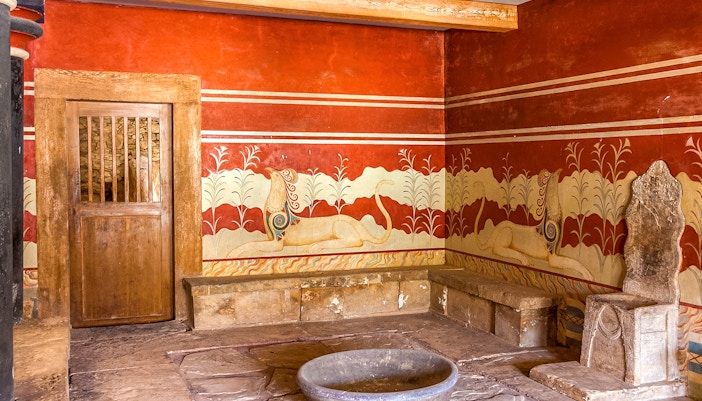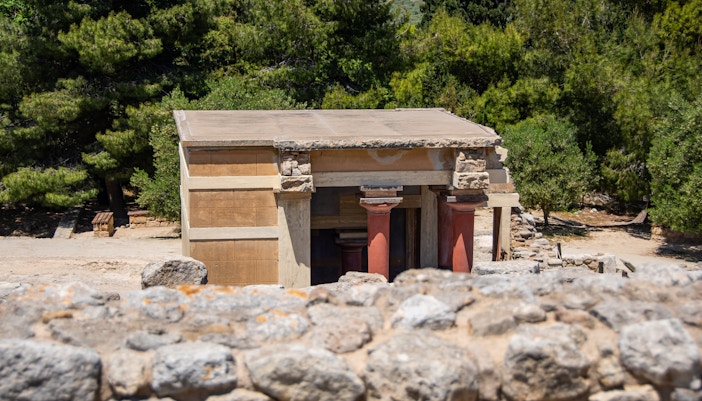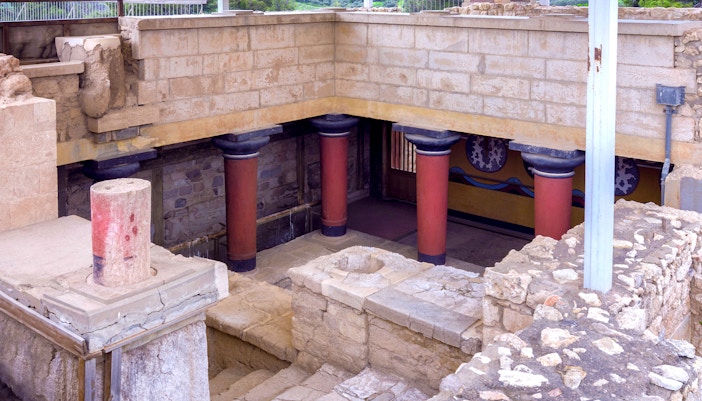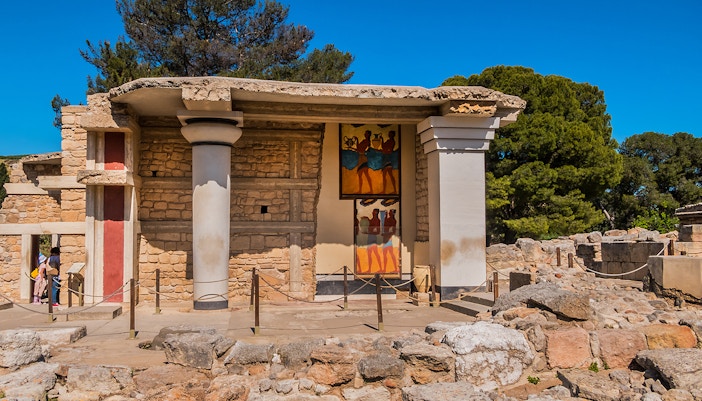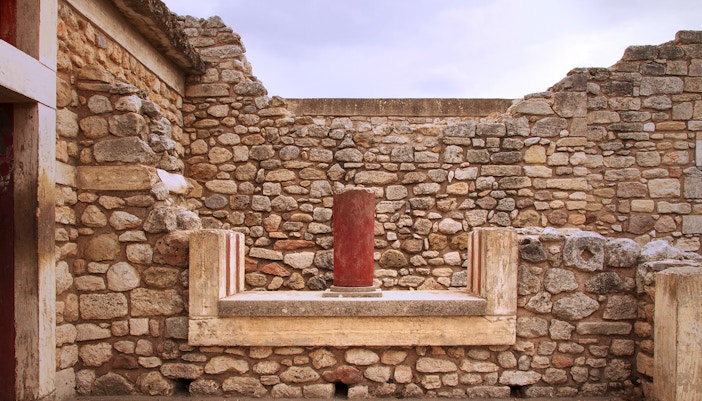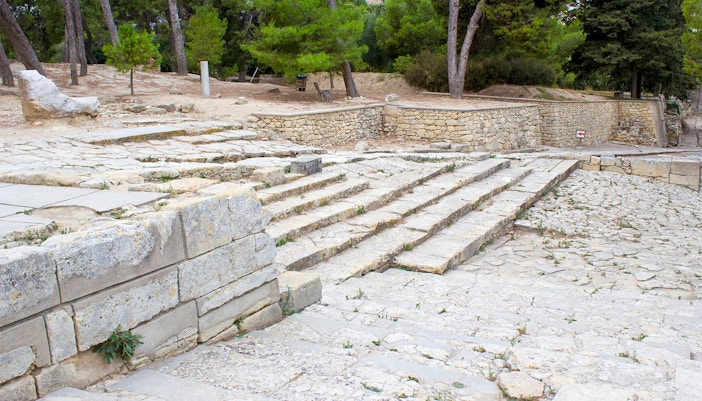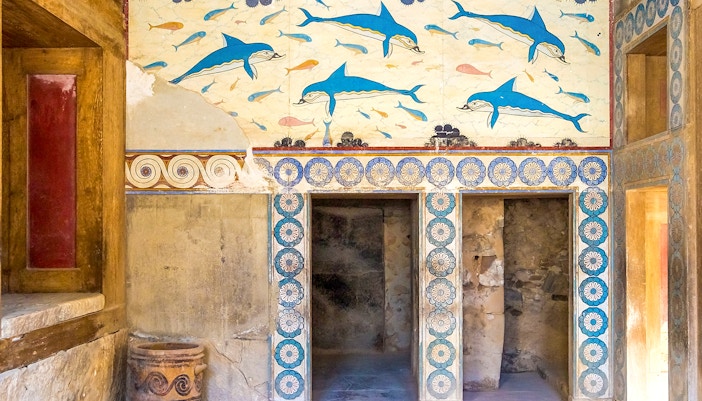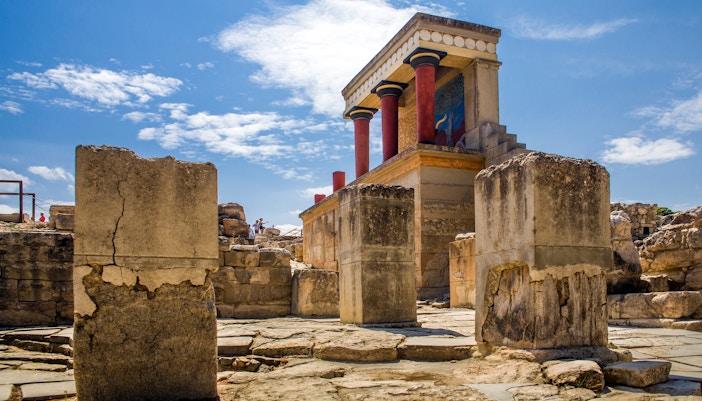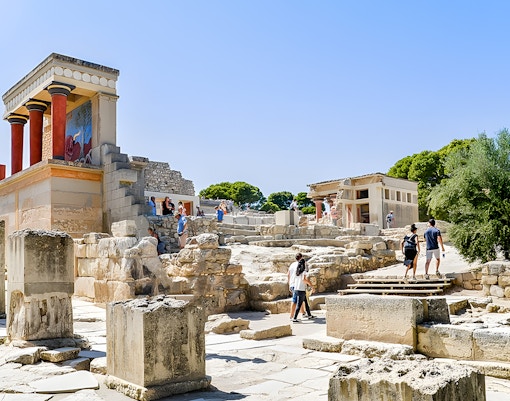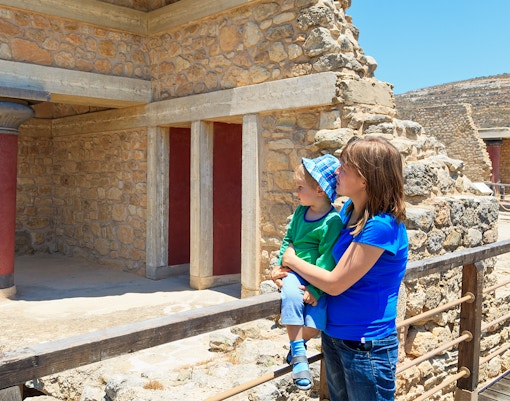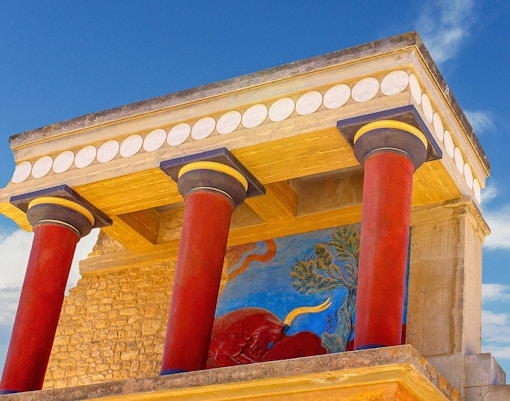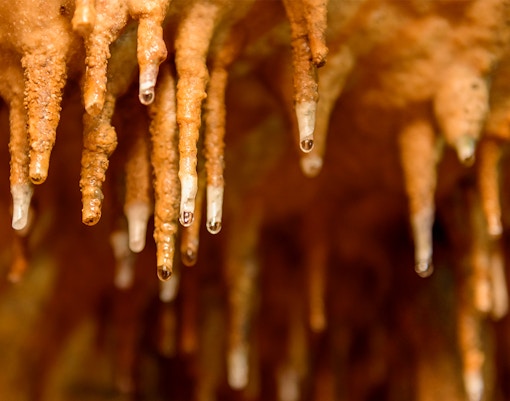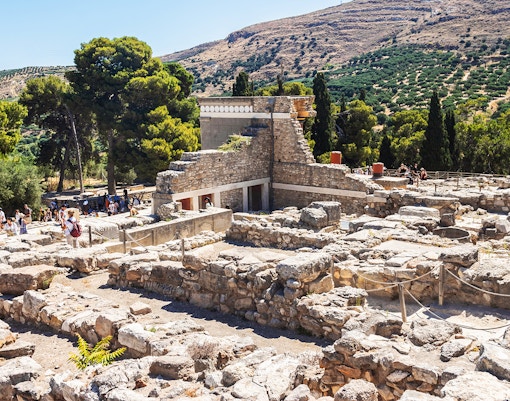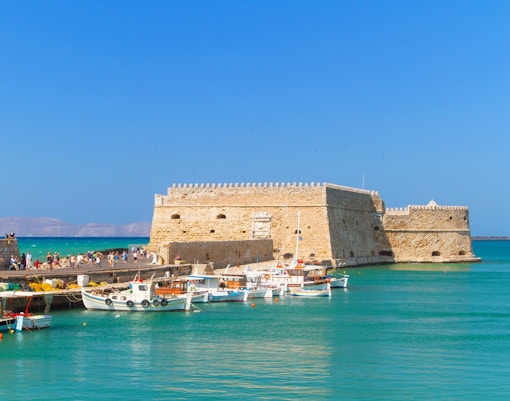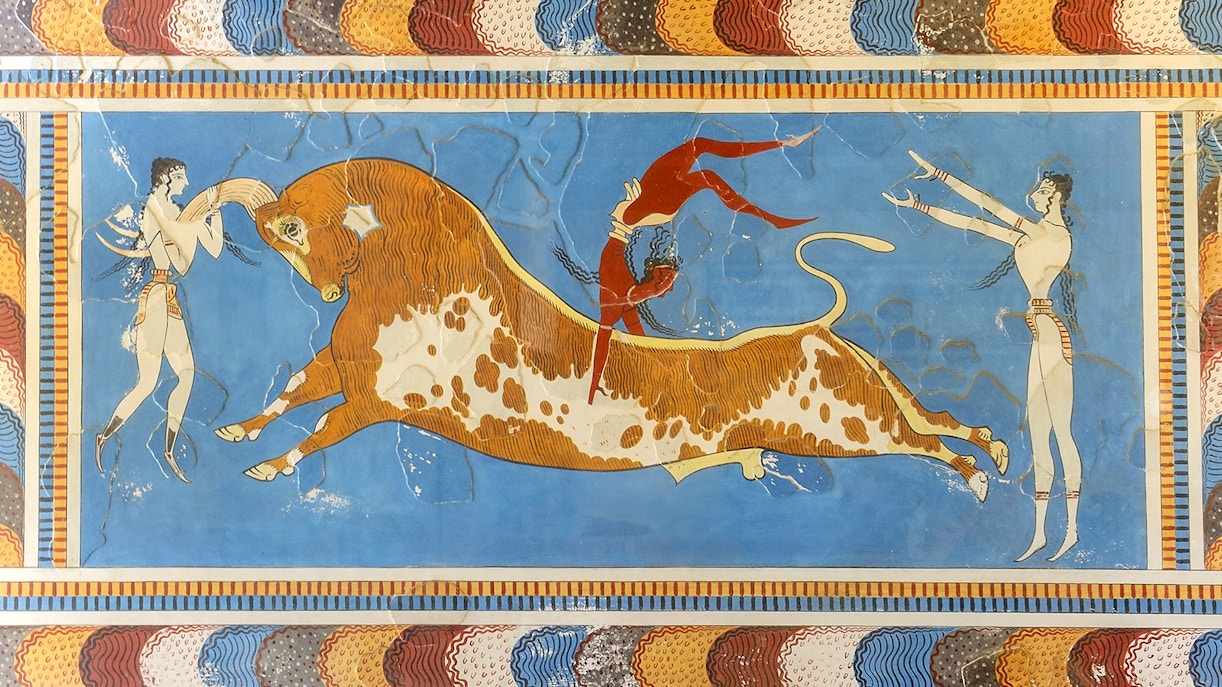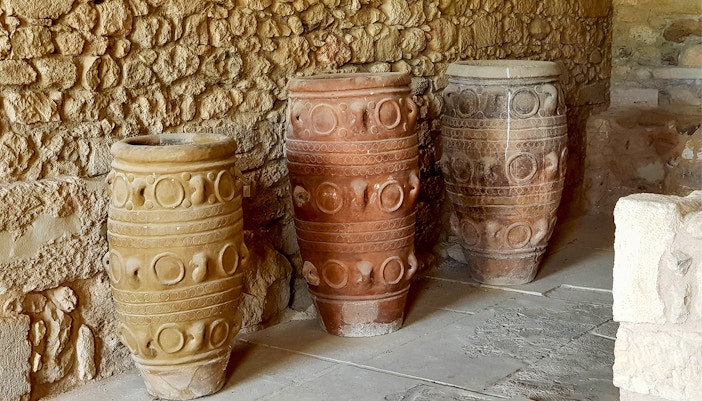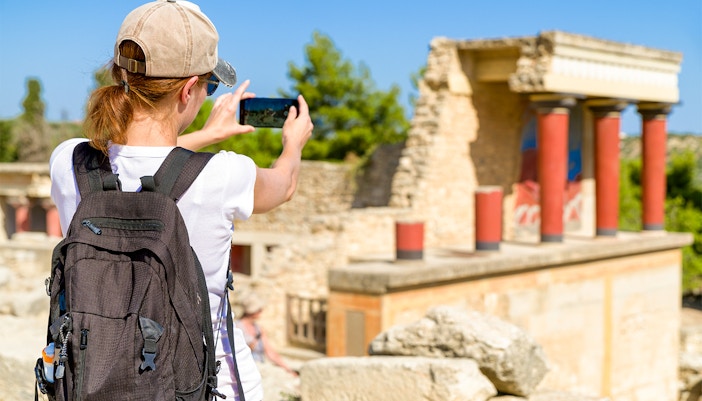The Throne Room is one of the most well-preserved sections within the Minoan Palace. It has a large, circular, stone basin, which was most likely used for ritualistic purposes. Look out for the vivid frescoes of griffins, mythical creatures with the body of a lion and the head of an eagle, adding to the regal atmosphere of the room.
Heraklion Palace of Knossos in Crete
The Knossos Palace is the largest archeological site in Greece, dating back to 2000 BC. The palace once functioned as the hub for ceremonial, political, religious, and economic activities of the ancient...
Founded By
Sir Arthur Evans

